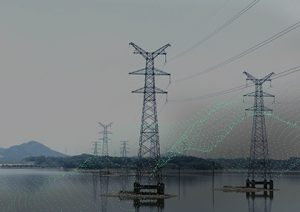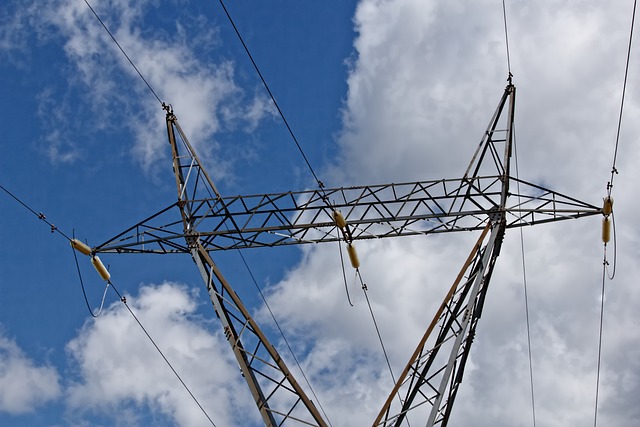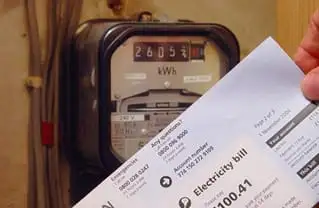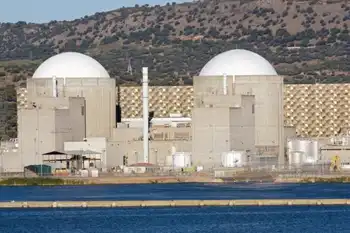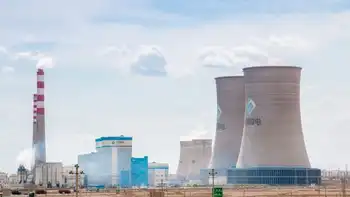What is behind the drive for clean technology?
By Knowledge@Wharton
High Voltage Maintenance Training Online
Our customized live online or in‑person group training can be delivered to your staff at your location.

- Live Online
- 12 hours Instructor-led
- Group Training Available
Betting on which of those technologies will take hold in the marketplace — and which of them will wither — would be a tough call in even the best economic environment. But in the worst financial crisis since the Great Depression, many bets are off — and it's not yet known if the $50 billion in clean tech initiatives included in the U.S. government's economic stimulus package will bring more private capital to the game.
Still, entrepreneurs and venture capitalists at the recent Wharton Entrepreneurship Conference agreed that changes in the energy marketplace are inevitable, although there was some disagreement about the pace. For example, in a session titled, "What's Driving Clean Tech?" one panelist envisioned fleets of zero-emission electric cars in the next 10 years, while another believed gasoline and diesel would continue to dominate.
Andrew Dougherty, vice president of operations at Rive Tech in Cambridge, Mass., a clean tech company that focuses on burning existing fossil fuels more efficiently, said most oil refiners today aren't worried about losing market share to renewable fuels in the short term. "They believe the markets for gasoline and diesel fuel are going to be predominating for the next 10 to 15 years."
Whether the solutions are long term or short term, diesel or solar, the growing demand for energy security, the need for job creation, the push for less environmental degradation and expected declines in crude oil supplies are all driving the move to clean energy, said panelist Arrun Kapoor, a senior associate at SJF Ventures of Durham, N.C., a venture capital partnership that focuses on clean tech.
However, the multi-million dollar price tags on most clean tech projects make them difficult to get off the ground, especially in today's economic climate. Clean tech startups will find it especially difficult to secure venture capital, the panelists noted. "Clean technology is obviously not capital efficient," said Kapoor. "It requires $30 million, $40 million, $50 million or $60 million before you get any venture return. I think many firms are trying to focus their attention on later-stage businesses and away from the early-stage risk."
"Part of the problem right now is there are no exits," Dougherty added. Or if there are, the exits bring in low returns. Because of the years-long nature of venture investing, a $200 million return from a $100 million investment may not bring enough reward for the risk.
"The return of big IPOs and big robust exits would make capital-intensive business plans much more viable."
The economic downturn is also squeezing clean tech funds, as portfolio managers find themselves under pressure from impatient investors. "It's strictly the economy," said Kapoor of the funds' troubles. "Clean tech is probably taking in disproportionately more [investment] than other sectors, but it's still being contracted.... A lot of those funds are having a very difficult time raising capital."
The recent government stimulus package, which allocates approximately $50 billion to a range of clean tech initiatives, might help some projects get off the ground, according to the panelists. "Hopefully, the stimulus package will provide a little buffer to that funding gap you're going to see over the next year or so," said Kapoor. "It's a huge amount of capital that they have to put out into the private sector.... Many very deserving companies that are ready to get out of the gate can tap into that."
The stimulus allocation sounds like big money, but it's not a lot in clean tech terms, argued Dean Musser, former president and CEO of Enerwise Global Technologies of Kennett Square, Pa. To put that in perspective, he cited a Canadian utility that is installing a "smart grid" system. The new system includes automated meters and back-end infrastructure to collect data on customers' energy consumption. "That's it," said Musser. "And that's a billion-dollar project. No load control yet, no smart thermostats installed yet. They don't even know how they're going to manage all of the data. That's just to get the backbone installed. And that's a small utility in Canada."
Still, compared with other sectors, clean tech remains attractive to some capital investors and could become the top recipient of funds from venture capital, said Steven M. Cohen, a partner and co-manager in Morgan Lewis's Emerging Business and Technology Practice. "There is clearly a high reward possibility for investing in clean tech," Cohen said. "There is also a lot of risk. But there are investors out there who like that spread and that possibility, and I think you're going to see those investors flocking to clean tech."
The nation's aging energy infrastructure is also propelling change.
"You have circuit breakers, you have transmission lines, and most of these — maybe 50% to 60% — are probably 25 to 30 years old," Kapoor said. "They can't withstand the amount of population growth and the doubling of electricity generation that will be needed by 2030." The U.S. will not solve its energy problems by replacing or rebuilding the old infrastructure. Rather, the goal should be to "make it smarter, make it more efficient," Kapoor added.
Some of the biggest shifts in clean tech could be in how power will be generated, stored and distributed, the panelists agreed. Increasing demand for energy, coupled with a deteriorating infrastructure, might soon force energy generation and storage off the grid.
"Using electricity generated by power plants is so 20th century," quipped Cohen. He compared potential changes in energy distribution with information and the Internet. "If you look back 20 years, all of the information we got was pushed to us. It was pushed to us in television, it was pushed to us in newspapers. We took in some of it, but it was very one-way. In the same way now, we just plug into an outlet. We don't care how the energy was produced."
He predicted that as more individual households generate their own power — whether by solar, wind or some other method — energy flow could become more intelligent and interactive. "What I see is a system where we make some of our own electricity, we put some of our own electricity back on a smart grid, and things go both ways," Cohen said. "I think we're in the early part of a macro-revolution in energy, and that's one of the places where it might go."
Commercial and industrial customers could lead the movement towards onsite generation as the nation's outdated transmission lines strain to meet increasing energy demands. "There's talk about infrastructure upgrade but it's very far away," said Musser, citing exorbitant costs and "not-in-my-backyard" protests that stymie system improvements. "It's going to be very, very difficult to build the infrastructure in today's environment. The only way to do it is going to be to actually build it onsite."
It's not just power generation that could move off the grid, according to Michael Granoff, head of Oil Independence Policies at Project Better Place in Palo Alto, Calif., a company that is creating an infrastructure to support electric vehicles. "What we might also see, through the advent of mass adoption of electric cars, will be distributive storage," he said.
Granoff cited Denmark, one of Project Better Place's clients, as an example. Denmark generates 30% of its electricity from wind, he noted. Unfortunately, the wind there blows more at night than during the day. "Naturally they have less demand for electricity at night, and if you don't have a place to store it, then it basically goes away. So they end up giving up a lot of it to Germany for pennies."
Denmark's solution: slap a sales tax of up to 180% on cars with tailpipes, while eliminating entirely the sales tax on zero-emission electric cars. If it works long term, the policy will both reduce CO2 emissions and capture more clean wind energy, Granoff said. "They see all those cars that are parked an average of 22 hours a day as a reservoir of storage for the electrons generated by the wind at night."
In the United States, sales of zero-emission cars could exceed those of gas cars within the next decade, Granoff predicted. Two things would need to happen first, however.
One, the nation's infrastructure would have to be upgraded to accommodate electric cars — what Granoff called "bringing the grid to the parking spot." Those are a lot of parking spots, Granoff conceded, but the task is doable. "When you consider that [upgrading the grid] would cost us about what we spend on oil every three months, then you understand that that's a pretty good investment."
Second, we need to separate the car from its battery, Granoff added. This change would benefit electric car owners, who could swap out car batteries when traveling long distances, instead of having to stop the car and recharge. More importantly, it would create a more workable business model for electric cars. The price of electric cars could go down if the vehicle was sold separately from its energy supply.
"If someone came to you today and said that when you buy your car, you also have to buy all of the gas it would use in its lifetime, nobody would do that. It would be way too expensive," Granoff said. "That's why we think electric cars have not been adopted."
The costs of making such widespread changes would pay off over time, Granoff argued. "This is one of the best stimulus programs you could have — making an investment in the infrastructure for electric cars and also the industries that surround them."





